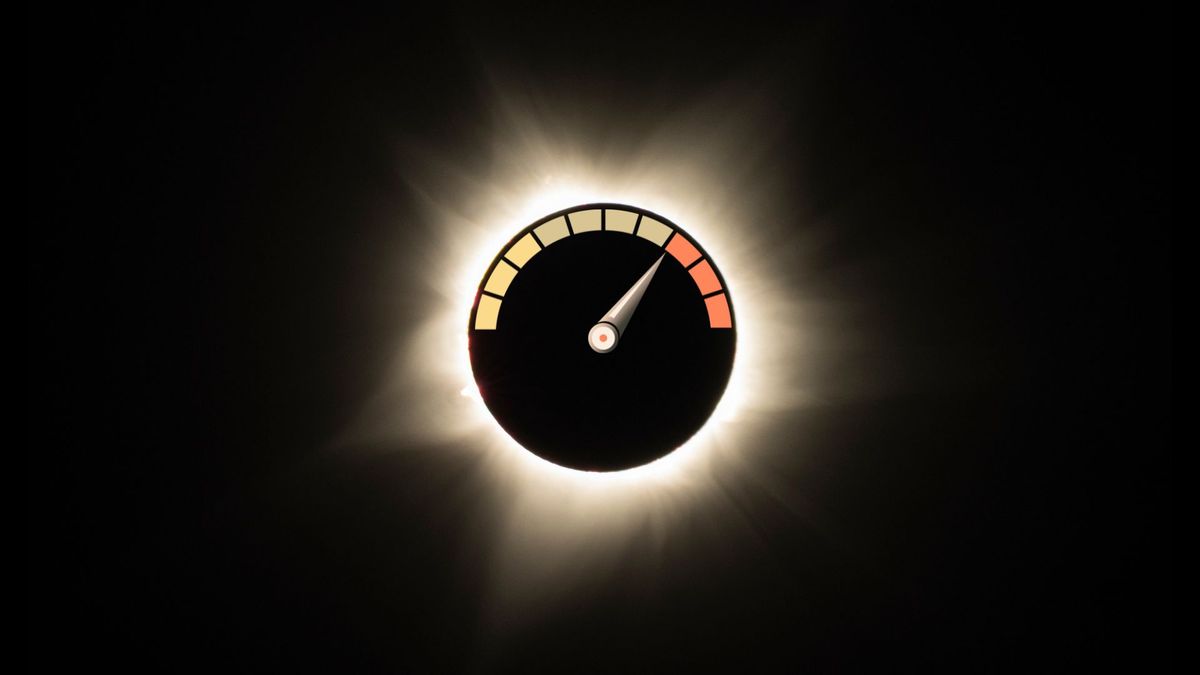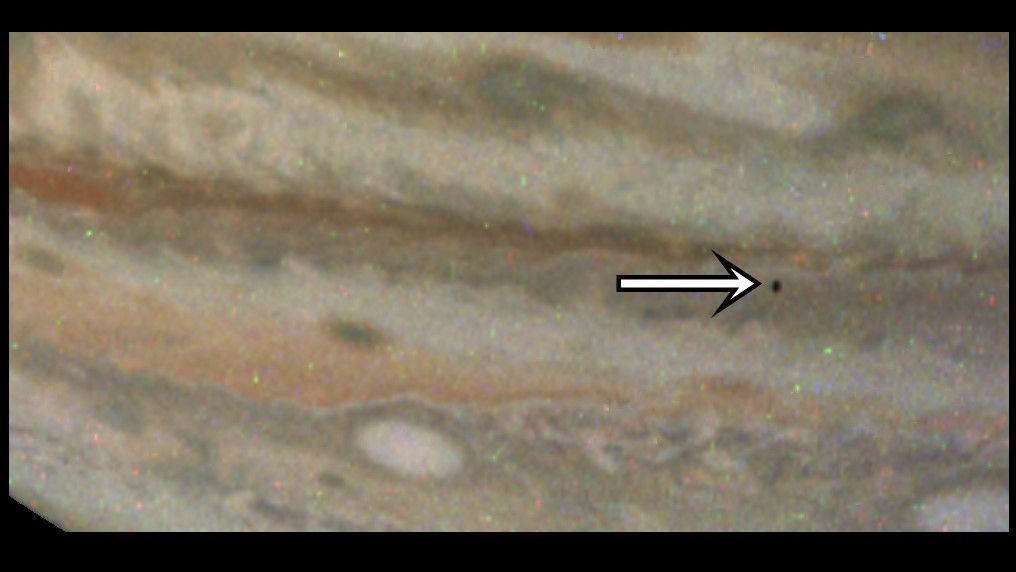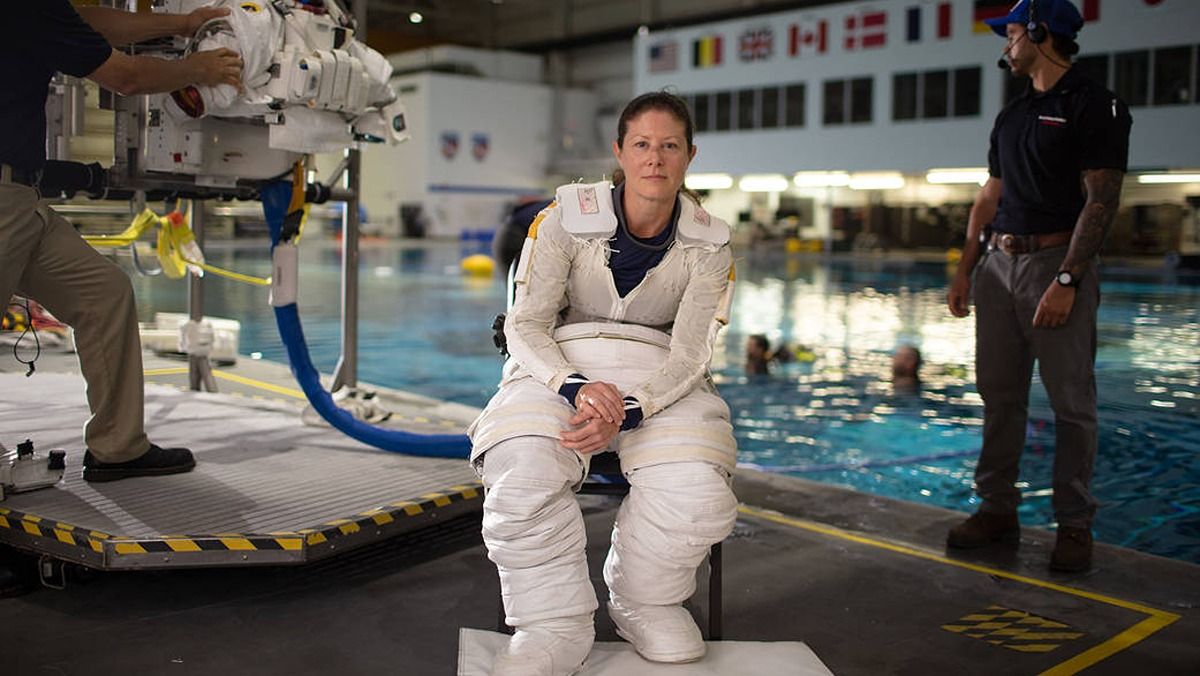Understanding the Moon’s Shadow During a Solar Eclipse
When the moon’s shadow races across Earth on April 8 during the total solar eclipse, it will travel faster than the speed of sound. The shadow is expected to sweep across Earth at more than 1,500 miles (2,400 kilometers) per hour on April 8, according to NASA. However, the exact speed of the shadow will vary depending on your location.
The Solar Eclipse Phenomenon
A solar eclipse occurs on Earth when a new moon blocks at least part of the sun, as viewed from Earth. During such an event, all solar eclipses cast a large fuzzy shadow onto Earth known as the penumbra. Observers within the penumbra witness a partial solar eclipse, as the moon gradually obscures the sun before moving away.
Only during a total solar eclipse, when the moon completely blocks the sun, does a smaller, darker conical shadow called the umbra project onto Earth. This umbra outlines the path of totality, where observers can witness partial solar eclipse phases on either side of the total eclipse.
Factors Influencing the Moon’s Shadow
The width of the umbra (path of totality) and the penumbra (partial eclipse zone) are influenced by the moon’s distance from Earth during the eclipse. Additionally, the moon’s orbital speed around Earth and the Earth’s rotational speed affect the velocity of the shadow.
As the moon orbits Earth from west to east, the shadow moves faster than Earth’s rotation. Consequently, the penumbral and umbral shadows appear as a path on Earth due to the planet’s rotation under the swiftly moving moon-shadow.
Varying Speeds of the Moon’s Shadow
Although the moon’s shadow would move even faster across the planet without Earth’s rotation, it still moves exceptionally fast during the April 8 event. The speed of the shadow is not constant, with variations based on different factors.
For instance, the shadow will move slowest at the point of greatest eclipse near Nazas, Mexico, where the duration is longest. As the shadow progresses across North America, its speed increases due to the oblique angle on the curved Earth.
During the eclipse, the event will begin as an eclipsed sunrise in the Pacific Ocean with the shadow traveling at a remarkable 10,439,792 mph and will slow down to 1,565 mph near Nazas, Mexico. It will then speed up across the U.S. before reaching speeds of 4,727 mph as it moves towards the Atlantic.
Variety of Speeds During the Eclipse
The total solar eclipse on April 8 will see the moon’s shadow traveling at speeds ranging from 10 million miles an hour, comparable to the speed of a supernova explosion, to 1,565 mph. This variety of speeds emphasizes the importance of being within the path of totality to experience the phenomenon to its fullest extent.
Image/Photo credit: source url





